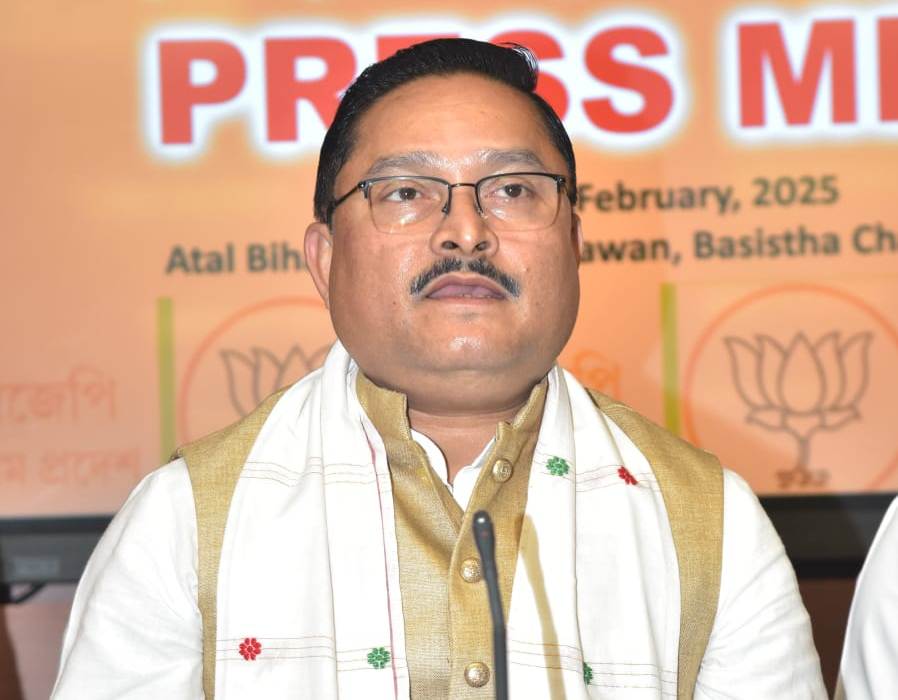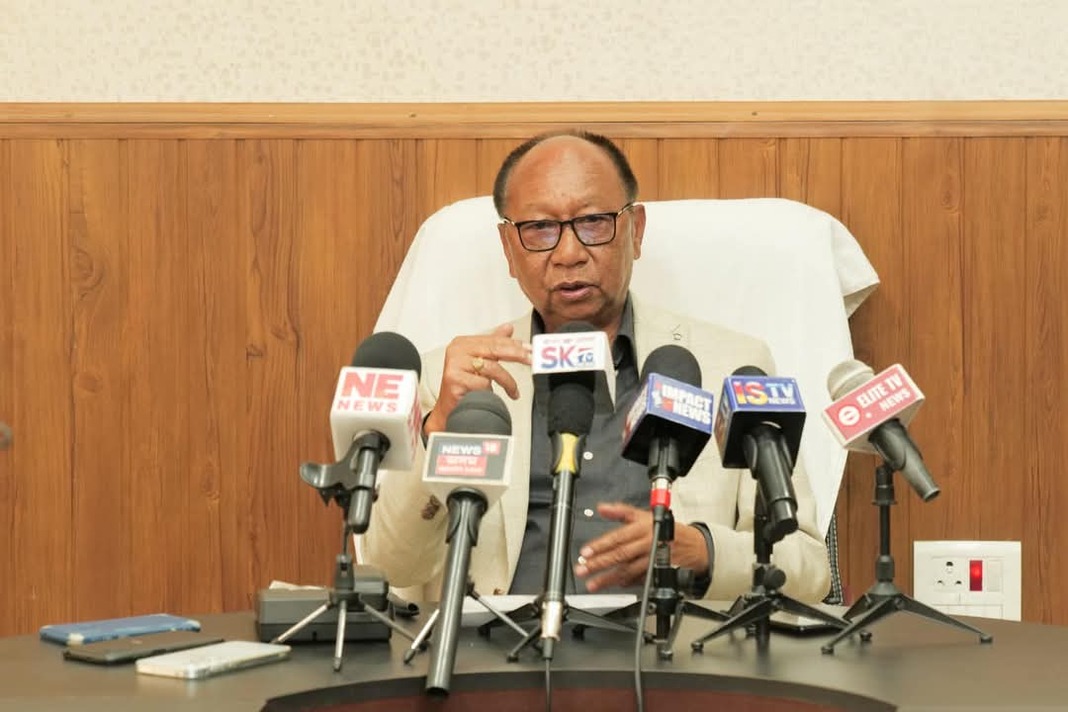Guwahati, Feb 10: Lok Sabha MP and Assam BJP president Dilip Saikia has raised strong objections against China’s construction of the world’s largest dam on the Brahmaputra in Tibet, warning that it could have catastrophic consequences for Assam and the entire Northeast.
Speaking during the Zero Hour in Parliament on Monday, Saikia expressed grave concerns that the massive hydroelectric project would severely impact the climate, civilization, and culture of the region. He emphasized that the Brahmaputra River, known as Yarlung Tsangpo in Tibet, originates in China before flowing through Arunachal Pradesh, Assam, and into Bangladesh. The planned dam, to be built in the Bend of Fire Zone—a seismically active region near the Arunachal Pradesh border—poses an enormous environmental and geopolitical threat.
Saikia pointed out that the Himalayan region frequently experiences earthquakes and landslides, and the construction of such a massive dam could destabilize the fragile ecosystem, triggering natural disasters like earthquakes, floods, and landslides.
The Northeast and Bangladesh already suffer from severe annual floods, and the dam’s control over the Brahmaputra’s water flow could exacerbate these problems, either by causing water shortages or inducing massive floods. This would threaten Assam’s social fabric, economy, and biodiversity, putting millions of lives at risk.
According to reports, China is investing $137 billion in the project, which is expected to generate over 300 billion kilowatt-hours of electricity annually, making it the largest of its kind in the world. Saikia cautioned that the dam would give China unprecedented control over the Brahmaputra’s water supply, heightening security risks for India’s Northeast and extending China’s strategic influence dangerously close to Arunachal Pradesh.
In light of these risks, Saikia urged the Indian government to take immediate diplomatic and strategic action to halt the dam’s construction. He called for bilateral discussions with China to protect the future of Assam and the Northeast, ensuring that India’s water security and regional stability remain safeguarded.




